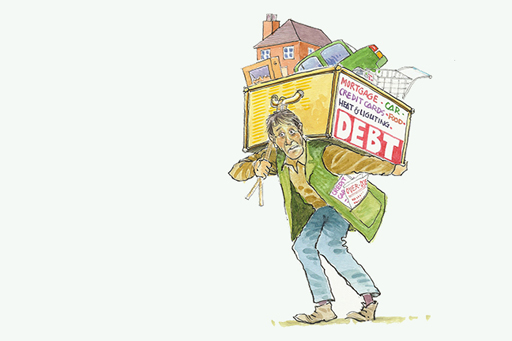1 Borrowing – when and why?
Debt arises when you borrow money. There are many forms of borrowing – from credit card debt to bank overdrafts, bank loans, student loans to finance further and higher education, and mortgages to finance the purchase of property or land.
Debt can be used to finance everything from day-to-day spending, to holidays and to items you use over a number of years, such as furniture, cars and homes.
Since 1993 in the UK the aggregate (total) value of personal debt has risen 3.5 times to a total of £1.9 trillion. The majority – close to 90% – is secured debt. This is money lent against the security of property or other assets. The lenders can take possession of these assets if the borrower fails to repay the money.
Interest rates are an important part of the cost of borrowing. The UK has seen some dramatic swings in interest rates in recent decades – from the highs of the early 1980s to the historic lows between 2009 and 2021. Recently interest rates have been rising again. Understanding what determines the interest rates is important when it comes to the financial planning associated with borrowing money. You’ll look at the factors that affect interest rate levels later in this session.
Activity 1 Why has personal debt risen so much?
Can you think of any factors that have contributed to the huge rise in personal debt in recent decades? If you can come up with more than one factor, which one do you think has had the greatest impact?
Feedback
The chief factor has been the rise in house prices. The vast majority of personal debt is accounted for by mortgages used by people to buy property. Rising house prices have pushed up the amount people need to borrow to buy a home.
A further factor has been the proliferation of debt products – including credit cards and store cards. These have all made it easier for people to get into debt.

